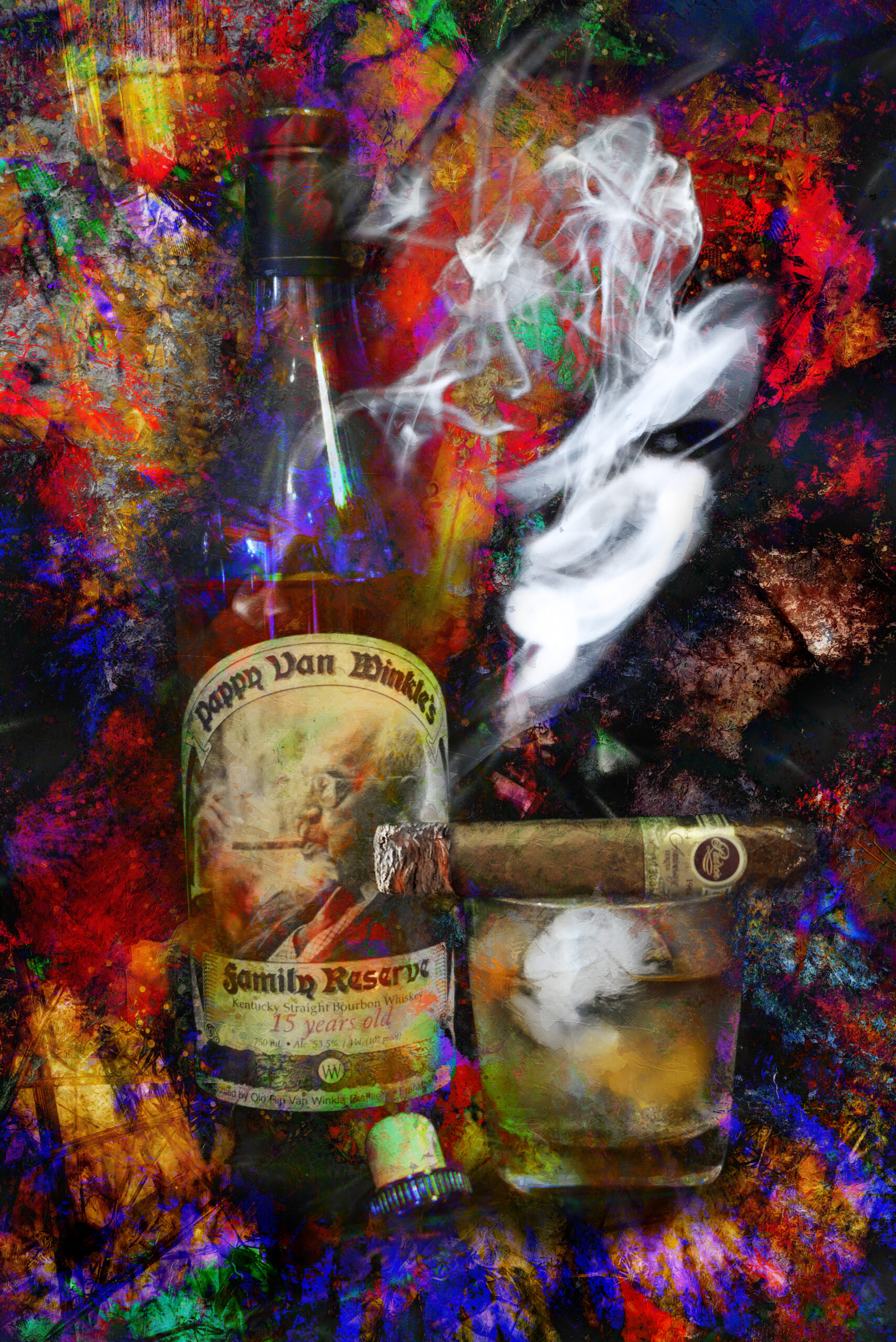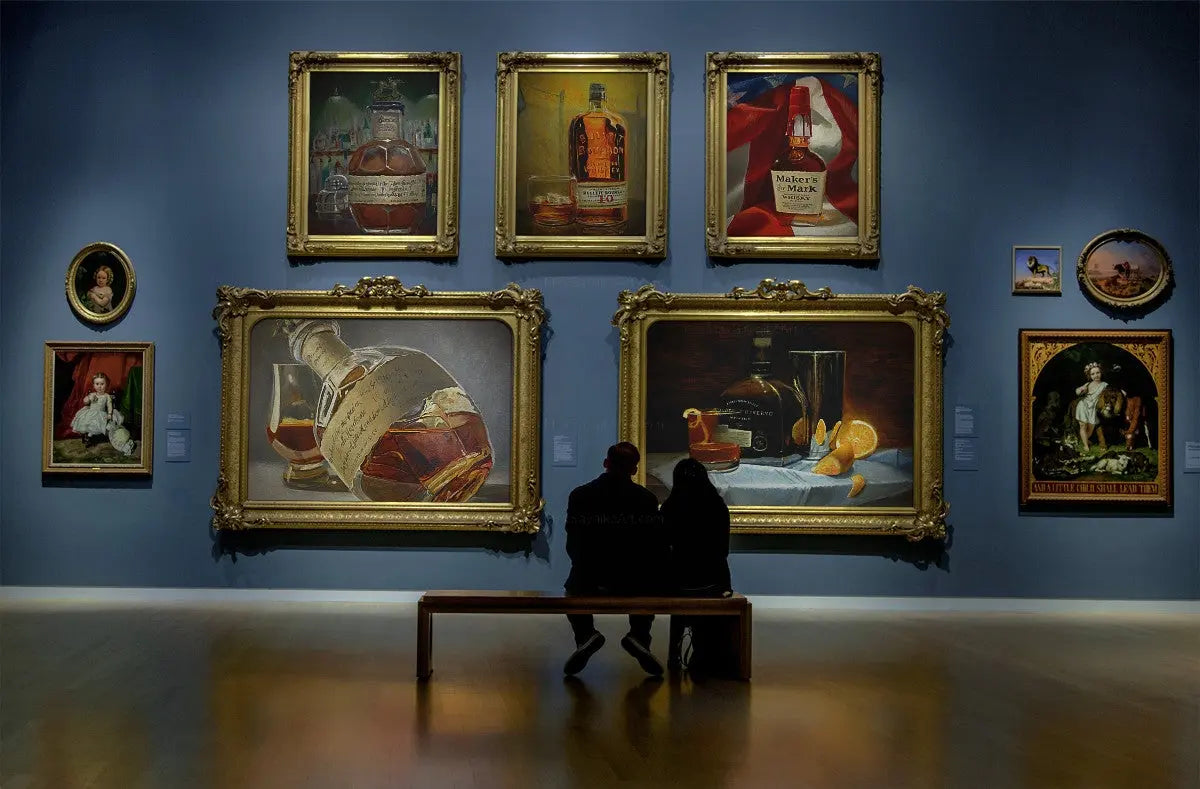Discover the World of Bourbon Art: A Journey With Society and Craftsmanship
The Significance of Whiskey Art in Celebrating Heritage and Workmanship in the Beverage Sector
The detailed partnership between whiskey art and the celebration of heritage and workmanship within the beverage market can not be overstated. Through attentively developed labels and bottles, bourbon brands envelop their historic origins and the artisanal skills that define their production methods.
The Historical Roots of Whiskey
At the heart of scotch's allure exists a rich tapestry of historic roots that map back to old people. The beginnings of whiskey can be connected to the distillation methods of the Sumerians and Babylonians around 2000 BCE, where early forms of fermented grain drinks started to emerge. However, it was in the Middle Ages that the art of purification advanced significantly, particularly in Ireland and Scotland, resulting in the development of bourbon as we recognize it today.
The term "bourbon" itself obtains from the Gaelic word "uisce beatha," suggesting "water of life." This expression underscores the social relevance of scotch in Celtic societies, where it was often connected with routines, celebrations, and public bonding. By the 15th century, distillation ended up being an acknowledged craft within monastic areas, leading the way for the establishment of lawful distilleries.
As trade routes increased, whiskey's popularity grew, going beyond local limits and catching the rate of interest of lovers worldwide. Realism Art. This historical trip reflects not only the craftsmanship behind bourbon production yet also its integral function in social and social contexts, noting it as a significant drink throughout history
Artistic Expression in Branding
Bourbon branding stands as an engaging junction of creativity and business, where visual identity plays a critical role in forming customer understanding. The aesthetic appeals of scotch labels, packaging, and advertising and marketing products reflect not just the brand name's story but also its core worths and heritage. With imaginative expression, distilleries share a narrative that reverberates with customers, stimulating feelings and stimulating connections.
The usage of shade, typography, and images in branding serves to distinguish items in a saturated market. As an example, conventional concepts may stimulate a feeling of credibility and craftsmanship, while modern styles can indicate technology and forward-thinking. This strategic creative direction boosts brand recognition and commitment, allowing consumers to forge an individual connection with the scotch they select.
Furthermore, imaginative expression in branding typically functions as a celebration of regional heritage. Distilleries often include local signs or historical referrals right into their layouts, developing a sense of area that invites customers to engage in a broader cultural experience. Eventually, the virtuosity behind scotch branding not just improves visual allure but also enriches the overall story of the brand, fostering a much deeper gratitude for the workmanship and heritage ingrained in each bottle.
Craftsmanship in Container Style
The artistry obvious in whiskey branding prolongs past aesthetic identification to include the craftsmanship entailed in bottle layout. Each container functions as a vessel not just for the spirit within, yet additionally for the story it outlines its origin, quality, and practice. The design procedure requires meticulous interest to detail, as elements such as closure, material, and form contribute considerably to the general understanding of the scotch.
Craftsmanship in bottle design entails picking top notch glass that can boost the whiskey's color and clearness, while additionally offering a responsive experience for the consumer. The shape of the bottle must be both functional and aesthetically appealing, often mirroring the heritage of the brand name. Lots of distilleries choose for unique forms or embossed logos that stimulate a feeling of credibility and history.
Furthermore, the tag layout and typography play an important function in interacting the brand name's narrative. Whiskey Art. A well-crafted container not just captivates the customer's eye but also strengthens the brand's dedication to high quality and practice. In this way, the workmanship of bottle layout ends up being a crucial facet of the bourbon experience, combining virtuosity with an extensive regard for heritage
Social Importance of Whiskey Art
Celebrating custom and workmanship, the cultural value of scotch art transcends mere aesthetics, intertwining with the historic and social narratives of the areas where it stems. Each bottle functions as a canvas, depicting the unique stories, folklore, and practices that have actually formed regional whiskey-making practices. The complex styles often reflect the heritage of the distillers, including icons and concepts that reverberate with the culture and worths of their communities.

Additionally, whiskey art plays a crucial role in public celebrations and parties, serving as a substantial link between people and their shared experiences. By appreciating the virtuosity in bourbon product packaging, customers cultivate a much deeper understanding and regard for the craft, ultimately see post improving their satisfaction of the drink itself.
Modern Trends in Scotch Discussion
In current years, the presentation of bourbon has advanced to reflect contemporary tastes and fads while still recognizing standard workmanship - Bourbon Art. Distilleries are significantly concentrating on aesthetic components that enhance the overall alcohol consumption experience, connecting the space between heritage and modernity
Innovative container designs have emerged, usually incorporating lasting materials and creative labels that inform engaging tales. Numerous brand names currently collaborate with local artists, instilling their products with special aesthetic expressions that resonate with customers. Additionally, limited-edition releases are frequently packaged in collectible containers, including worth and allure for lovers.

Conclusion
To conclude, scotch art offers as an essential conduit for revealing the heritage and craftsmanship inherent in the beverage industry. With complex branding, cutting-edge bottle designs, and culturally substantial imaginative aspects, whiskey brands efficiently honor their practices and get in touch with consumers. This imaginative story not just boosts the gratitude of scotch but also strengthens area identification and pride amongst producers. Eventually, bourbon art plays a crucial function in preserving and celebrating the abundant social tapestry of whiskey-making.


Craftsmanship in container layout entails choosing high-grade glass that can boost the whiskey's shade and clarity, while likewise supplying a tactile experience for the customer. In this way, the craftsmanship of bottle style comes to be a vital aspect of the scotch experience, merging artistry with an extensive respect for heritage.
In conclusion, scotch art serves as an find more essential avenue for revealing the heritage and craftsmanship inherent in the beverage industry.